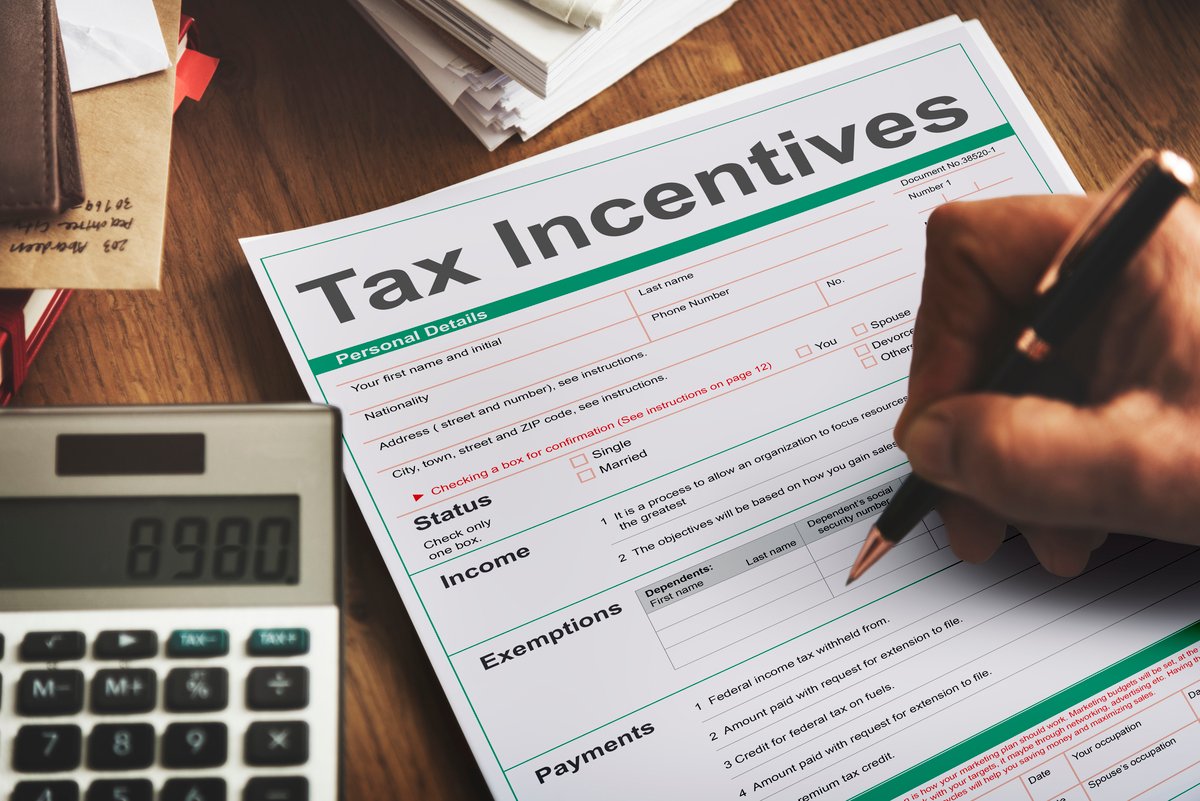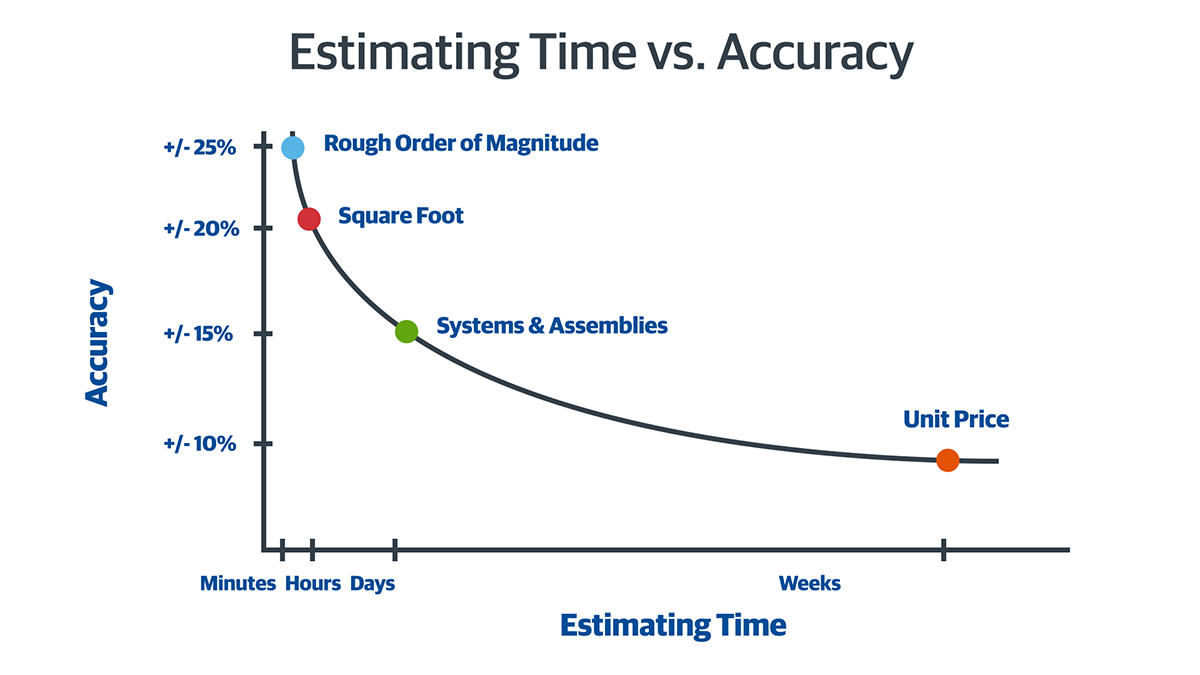Introduction
In the fast-moving world of forex trading, staying ahead requires accurate and timely market data. Traders, investors, and financial professionals rely on technology to track currency exchange rates, analyze trends, and make informed decisions. A free forex API and a forex rates API provide seamless access to real-time and historical forex data, enabling users to integrate market insights into their trading strategies. This article explores how these APIs help traders maintain a competitive edge.
Understanding Forex APIs
A forex rates API is a tool that provides up-to-date exchange rate data, market trends, and financial insights. It allows traders and developers to integrate forex data into their platforms, ensuring real-time monitoring of currency fluctuations.
A free forex API offers access to exchange rate information without requiring an initial investment. This makes it an accessible option for traders testing strategies, developers building financial applications, and businesses looking to incorporate forex data into their platforms.
Benefits of Using a Forex API
1. Access to Real-Time Market Data
Traders need immediate access to exchange rate movements to capitalize on market opportunities. A forex rates API provides live data, reducing the need for manual tracking and ensuring accurate decision-making.
2. Automation for Trading Efficiency
By using a free forex API, traders and developers can automate tasks such as currency conversions, portfolio tracking, and price alerts. Automation reduces human errors and enhances efficiency in executing trades.
3. Historical Data for Market Analysis
Analyzing past trends helps traders predict future market movements. A forex rates API often includes historical exchange rate data, enabling users to develop data-driven strategies.
4. Seamless Integration with Trading Platforms
A well-structured free forex API integrates effortlessly with various trading platforms and financial applications, allowing users to customize their forex market analysis and trading tools.
How Traders Use Forex APIs to Stay Ahead
1. Tracking Global Market Trends
Forex markets operate 24/7, and exchange rates fluctuate due to geopolitical events, economic reports, and interest rate changes. A forex rates API helps traders stay updated on global market trends, ensuring they make informed trading decisions.
2. Setting Up Automated Alerts
Traders can use a free forex API to set alerts for specific currency pairs, notifying them of price changes and helping them execute trades at optimal moments.
3. Enhancing Trading Strategies with Data Insights
Market trends, volatility patterns, and economic indicators influence forex prices. A forex rates API provides access to real-time and historical data, enabling traders to refine their strategies based on solid insights.
4. Improving Risk Management
With real-time updates from a free forex API, traders can monitor currency movements and adjust their risk management strategies accordingly. This ensures they minimize potential losses and maximize opportunities.
Choosing the Right Forex API
When selecting a forex API or a free forex API, traders should consider the following factors:
1. Data Accuracy and Reliability
An API should provide accurate and consistent data to support trading decisions. Reliable data sources help traders avoid errors caused by outdated or incorrect exchange rate information.
2. Coverage of Currency Pairs
A robust API should support multiple currency pairs, covering both major and exotic currencies. This ensures traders have access to comprehensive forex market data.
3. API Response Speed
Fast response times are essential for real-time trading. A high-performance API ensures minimal delays in retrieving exchange rate updates.
4. Documentation and Support
Comprehensive API documentation helps developers integrate forex data into their applications quickly. Additionally, customer support services can assist with troubleshooting and optimizing API usage.
Security Considerations When Using Forex APIs
1. Protecting API Keys
API keys should be stored securely to prevent unauthorized access. Traders and developers should use encryption and secure authentication methods.
2. Using Secure Connections
APIs should be accessed via HTTPS to ensure data encryption and protect sensitive information.
3. Monitoring API Usage
Regularly tracking API usage helps traders manage request limits and prevent disruptions in data access.
Integrating Forexratesapi into Your Trading Platform
Integrating the forex rates API from forexratesapi.com is straightforward, thanks to its developer-friendly design. Whether you are building a new trading application or enhancing an existing platform, this API delivers reliable and accurate data.
Step 1: Access API Documentation
Begin by reviewing the detailed documentation available on the forexratesapi website. It provides clear guidelines for integration and sample code snippets.
Step 2: Authenticate Your Access
Secure access through API keys to protect data integrity and ensure authorized usage.
Step 3: Retrieve Live Data
Use the API endpoints to pull real-time or historical exchange rate data for your required currency pairs.
Step 4: Implement Automation
Automate trading strategies by connecting the API to your decision-making algorithms, enabling timely execution of trades.
Conclusion
A free forex API and a forex rates API provide essential market data that helps traders stay ahead in the competitive forex industry. By offering real-time exchange rates, automation capabilities, and historical data analysis, these APIs enhance trading strategies and decision-making. Choosing a reliable API ensures accurate market insights, seamless integration, and enhanced risk management.














Leave a Reply